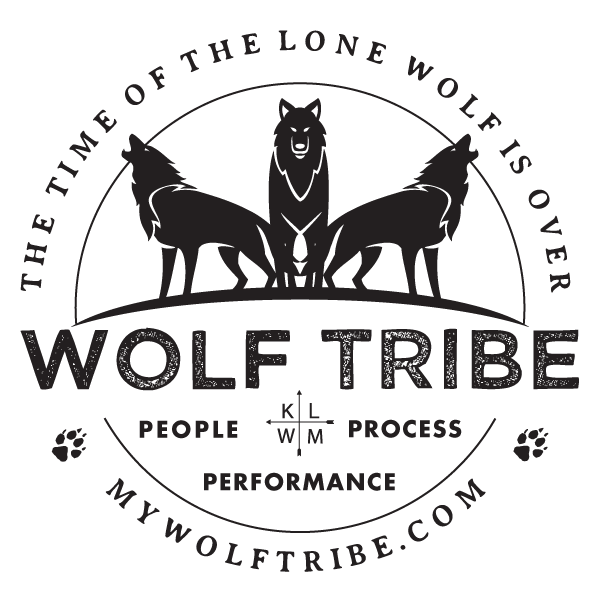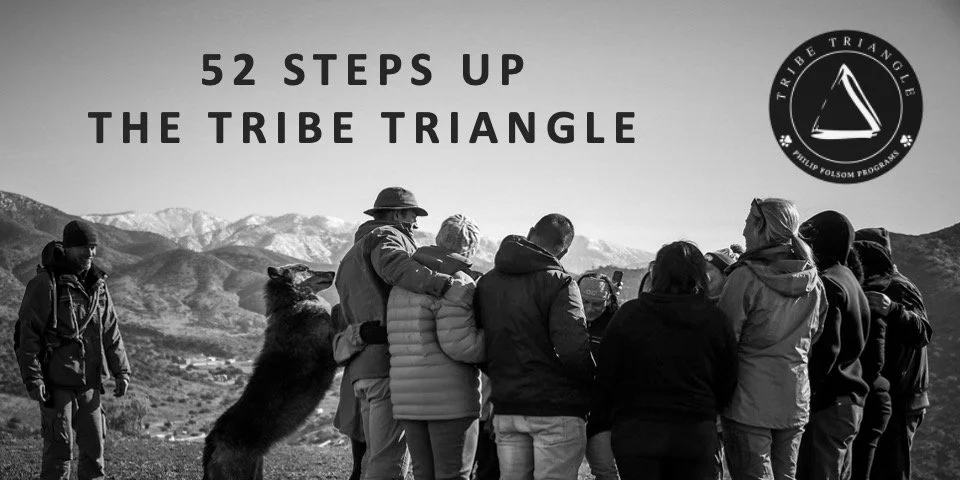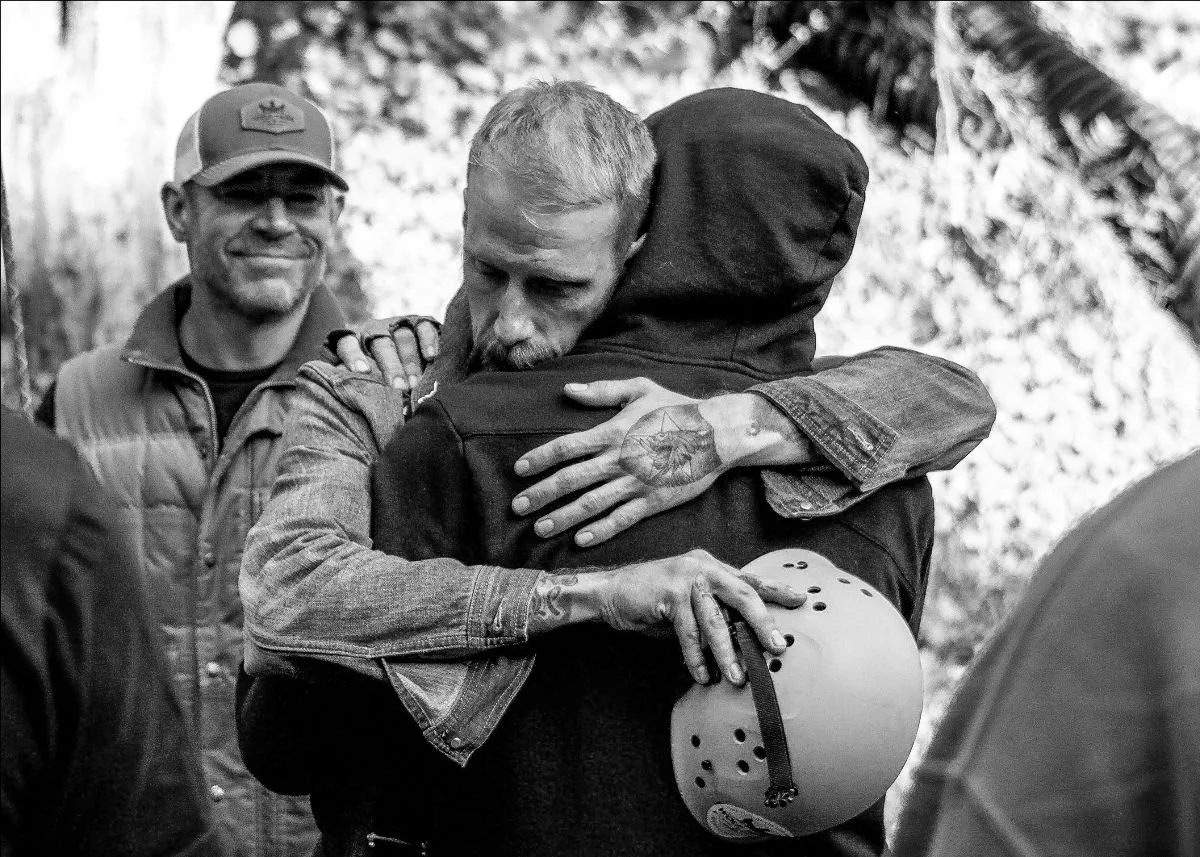Step 8 Up the Tribe Triangle: Transparency Creates Transformation
“A lack of transparency results in distrust
and a deep sense of insecurity.”
-Dali Lama
Transparency is the central pillar of your tribe’s Shared Mission which is a primary component in your foundation of alignment. Transparency is one of the most effective (and cost effective) ways to accelerate performance in your culture as well as a being a highly effective lever in increasing profit and measurable success.
Increased transparency drives success in numerous ways including increased collaboration, accountability, resiliency, engagement and retention. You need all these culture components to have a sustainably thriving tribe. We can divide the impact of transparency into two categories: People and Projects. Both are vital for your mission and your culture to thrive.
Transparency Powers People
Transparency increases trust and credibility which are central culture drivers of engagement and retention. When we freely share information in a way that benefits the tribe as well as the tribe’s individuals, we have transparency. When we embed openness in the foundation of our culture, we instill trust.
Transparent leaders and organizations are viewed as more trustworthy and this not only powers engagement, retention and commitment but risk-taking as well. In the large-scale Edelman ‘Trust Barometer’ study it was found that almost 40% of people don’t trust their employer and we need to do better in our tribe!
“Transparency is the currency of trust.”
-Frida Lewis-Hall MD
CMO, Pfizer
Another culture outcome of transparency are feelings of certainty and fairness. These are two of the major psychological drivers of people in all social arenas but especially ones involving emotions and money (such as families and careers).
When your team (or family) feels out of the loop, they have less trust and demonstrate less loyalty to leaders and their team. Certainty and fairness also increase psychological safety and this powers risk-taking, innovation and creativity.
Lack of transparency makes people feel less included and, in many studies, leads to substantial drops in feelings of belonging and social standing. People who experience less belonging feel rejected and often disengage from communities and projects. Less than 30% of Americans report being ‘fully engaged’ in their jobs and this is a social and economic catastrophe.
Another major factor of transparency is simply people’s work being witnessed. Are they being seen? This is a huge component of tribe and a major part of the engine of honor-based cultures. Acknowledgment is a major predictor of employee happiness and cultures that are viewed as more open are seen as more trustworthy and more effective. You need to be seen this way, tribe Leader!
Radical transparency not only increases engagement and retention but also helps recruit talent. These forms of transparency can show up as shared goals, visions, promotions and profit sharing or it may simply be openness of sharing celebrations and challenges. Even the exchange of resiliency practices that come from transparent sharing of members on your team who are frustrated, disengaged and burned out can be a major factor in increasing engagement and morale.
In addition to the host of social and cultural benefits of increased transparency in your tribe are the increases of raw mission success on projects.
Transparency Powers Projects
Increased transparency accelerates collaboration, accountability and ultimately the reciprocity that is the sustainable engine of kinship in your tribe. These are all indispensable components to successful missions.
Transparency accelerates collaboration because when people have more access to the projects happening across the tribe, clan and nation, they have more opportunities to share best practices, experience and insights that will improve the whole project or organization. This is major driver of success and is only activated within tribe cultures of shared missions.
Transparency drives accountability because it triggers honor. People will only do truly heroic things for people in their tribe and will almost always do more for others that they will do for themselves. In addition, transparency drives accountability because it increases trackability and if we can’t transparently measure what is happening in our tribe we can’t transparently manage it.
We can see the increase of both collaboration and accountability with the implementation of the OKR transparency system that was brought over from Intel to Google. OKR stands for Objectives and Key Results, it is a transparency system at its core. OKRs are a system that you can use in your organization even if that work team is currently your family!
The premise of OKRs is to crystalize the goals and objectives of the company or team. More importantly, it is to make public the goals of each person on the team.
At Google, each employee from the CEO down to the most recent hire, establish an Objective and the Key Results that drive the success of that objective. They do this each quarter and all these OKRs are available on a common, transparent platform. The transparency of this goal and benchmark system makes it possible for others to not only see what everyone is working on (accountability) but also enables them to collaborate on other people’s projects that they may have experience or expertise in (collaboration). In addition, seeing what other members of the team are committed to enables everyone to see if their goals and objectives are in alignment which is the very foundation of tribe.
Transparency around themes of mission information, challenges and progress updates must be openly and regularly shared. For the practice of transparency to be embedded in your Tribe’s foundation of alignment, you will have to establish some protocol. These practices may seem tedious and repetitive at first but eventually they will be seen as opportunities for celebration and collaboration. Remember, it takes 30 days of sustainable new behavior to form a new habit, 90 days for a new collection of habits (that we call a lifestyle) and up to a year to build your new culture. This is why we are doing the 52 steps!
Transparency powers collaboration which is the superpower of both wolves, humans and every other communal predator on the planet. Next week we explore and discover the techniques of pack hunting the big game of sustainable success.
Click here To watch the video of Step 8: Transparency Creates Transformation
Leaders must write and speak
Answer these questions in your journal by really writing them down. Discuss them with at least one of your most important people and really listen to their response.
What is a project that you are passionate about that you can share with your family or team?
Ask them about a project that they are passionate about.
What is a challenge that you currently have that you are willing to share with your family or team?
Ask them about a challenge that they are currently having.
Ubuntu,
Philip Folsom









